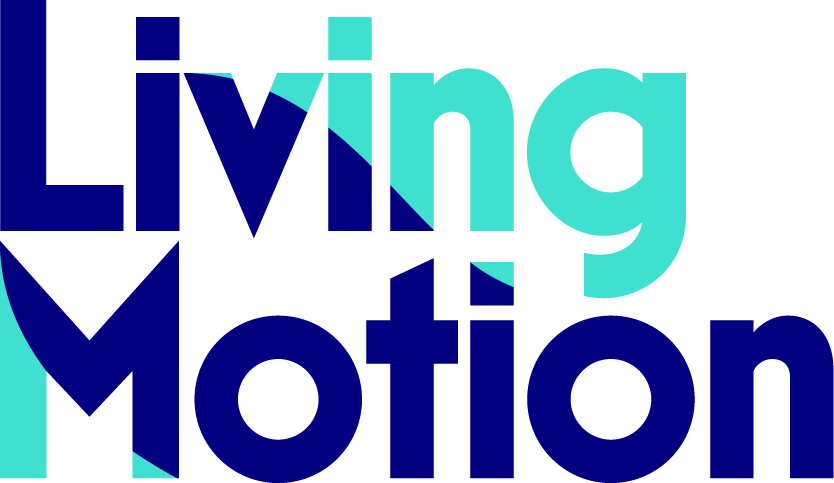
Smurfing the team
What commercial gaming reveals about overqualified teammates doing the wrong work.
And how teams can grow by shifting the dynamic.
Summary
In gaming, smurfing breaks balance. In teams, it often goes unnoticed. This reflection explores what happens when senior teammates take on junior tasks, limiting growth, trust, and performance. And how we might redesign the system, not just the habit.
Smurfing the team
What commercial gaming reveals about overqualified teammates doing the wrong work
There’s a moment most teams know. A deadline is coming. A task is stalling. And someone senior says:
“I’ll just do it, it’s quicker.”
And it is. But something else happens too. The rest of the team steps back. Learning stops. Ownership shifts. And the next time the task comes up, it’s even harder for someone else to take it on.
In gaming, this has a name: smurfing. In teams, it’s so normal we hardly notice.
What is smurfing?
In commercial gaming, smurfing happens when experienced players create lower-level accounts to dominate less-skilled opponents. It gives them a fast win, a sense of control, and a burst of reward. But it breaks the game.
In teams, smurfing looks like:
Senior teammates taking over simple tasks
Experts doing junior work “just to keep things moving”
High-skill people spending time below their level
It feels like helping. It looks like efficiency. But it slowly erodes the team’s long-term capacity.
Smurfing doesn’t just hold others back. It holds the whole team back.
Because no one is doing the work that stretches them.
Why smurfing happens
There are good intentions behind it:
It’s faster
It guarantees results
It avoids awkward handoffs or messy feedback
It feels good to “be useful”
But under the surface, it sends messages like:
“I don’t trust you to get this done.”
“We don’t have time to let you learn.”
“It’s safer if I just handle it.”
And that makes it harder for others to step up next time.
What this looks like: in games and at work
In Zwift (a virtual cycling game), riders lower their declared weight or performance stats to race in easier categories. It’s called sandbagging. It ruins the balance. Companies fight it with verification tools, smart detection, and visual markers like lightning bolts or colored flags.
In League of Legends and other games, smurfs distort matchmaking. Platforms have tried IP tracking, coaching incentives, and community moderation.
They don’t fix it completely. But they try to protect the game’s learning and fairness.
In teams, the echoes are clear:
A senior rewrites a junior’s draft quietly.
A lead answers every client email first.
An expert redoes a task instead of reviewing and coaching.
It works. But it also:
Undermines shared learning
Prevents trust from forming
Limits how far the team can stretch
The expert gets faster. The team gets stuck.
So what do we do about it?
Smurfing isn’t just a behavior, it’s a system pattern. So we need systems thinking.
Instead of offering a fixed answer, I propose a different kind of session:
A Smurf Design Session.
We start with real gaming examples
We explore what solutions gaming companies have tried
Then we reflect: do we recognize these patterns in our own work?
And together, we co-design responses
Not one-size-fits-all rules. But thoughtful strategies rooted in:
Our context
Our goals
Our learning needs
We can even test those designs in a game or roleplay, trying out the impact of different responses in a safe, playful environment.
My role: making the pattern visible
In my sessions, I don’t call people out for smurfing. But I do create space to notice:
Who’s doing what kind of work
Who’s taking up space
Who’s quietly stepping back
And I ask:
“What does this pattern do to your team’s learning?”
“What other options might you try?”
Smurfing isn’t a flaw. It’s a tendency. A habit. A cultural comfort zone.
It only becomes a problem when we stop seeing it.
Closing: Not every win helps the team grow
Smurfing feels helpful. It gets results. But real growth comes when we stretch everyone.
If you’re always the one fixing it, you may be the one slowing it down.
Real leadership is knowing when not to step in.
Curious what a Smurf Design Session could look like in your team?
I’d love to explore that with you, designing space for everyone to grow, not just for the work to get done.
